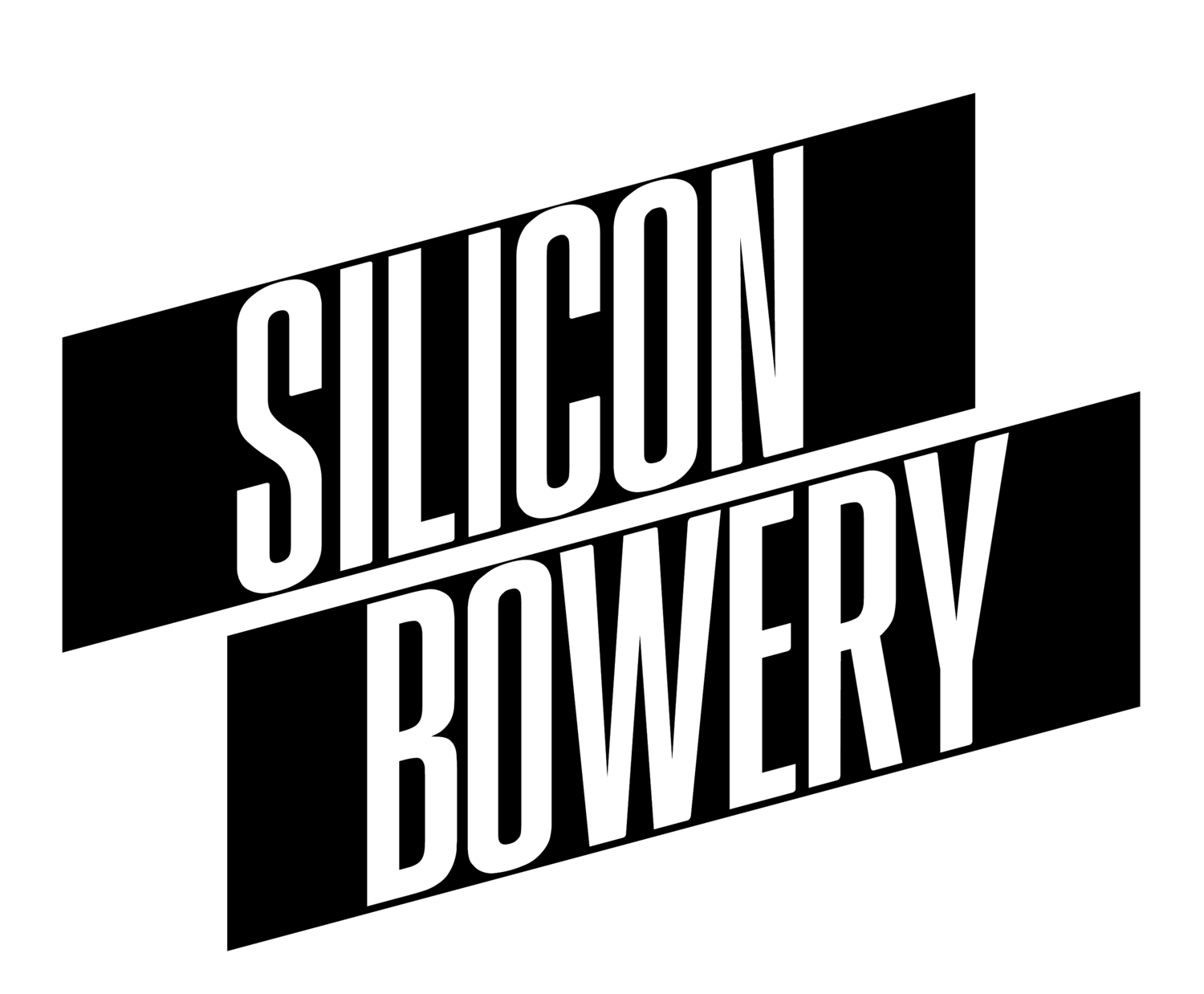The “Influence Stack”
Time after time we’ve seen companies, government entities and non-profits succeed because they took a wholistic approach to their marketing efforts. Successful campaigns tend to integrate and understanding of the policies (not necessarily law or regulations but also industry norms and standards of conduct), the consumer tastes and preferences, the point-of-sale experience and the product experience itself. We've found that an entity which fails to create necessary Influence with its target audience does so from the outset because it does not adequately identify and define all these variables. This is not an easy thing to do. It means taking a high-level, 360-view of the objective, and as such it requires comprehension beyond messaging and marketing. It requires knowledge of technology, of the business’s economics, of any relevant regulatory environment and more. Marketers need to be “full-stack” in the truest sense of the phrase.
We’ve taken to calling this the "Influence Stack." It has 4 components: Policy, Perception, Efficacy and Behavior (Outcomes).
We think this happened because of significant disruption over the past 3 decades, primarily driven by technology and the increasing ubiquity of high-speed internet.
The drivers of this disruption are everywhere - data availability, the nature of "social" media, decreasing technology costs and consumer behavior. All are ultimately changing the nature of influence and the tactics needed to create it.
Specifically, we’ve thought about 3 themes that created an environment in which marketers need to know at least a little about a LOT.
1 Content Creation and Distribution
In the span of just two decades media has radically pivoted from one-way "broadcast" channels to truly customer-driven, "social" media.
In the new digital and social world, sales and marketing increasingly requires sophisticated content development and distribution strategies. There is little reason to believe that the tools and tactics developed a generation ago will engender the same influence they once did. The nature of customer engagement has fundamentally changed, and organizations large and small, old and new are struggling with this transition across both B2B and B2C channels.
2 Theme 2: Audience Fragmentation
The ability to associate in increasingly specific groups has resulted in extreme audience fragmentation. Assembling audiences at scale now requires the aggregation of an increasingly complex set of hyper-targeted sub groups. Identifying these groups, and then targeting them successfully requires new strategies and skills.
3 Communities of Conscience
As disarray and despair around the world have grown, issues like climate change, inequality, and populism are no longer the exclusive domain of governments. They are instead becoming central to almost every business model, and require every organization to go back to basics on things like mission and value proposition - and sometimes the very objectives of the business itself. The global pandemic accentuated the urgency of this need and accelerated its maturation.
Practicing the "Influence Stack"
The Influence Stack is a model built on four factors: Policy, Perception, Efficacy and Behavior (Outcomes). Each factor is simultaneously its own discrete area of expertise, but is also endogenous to the preceding factor. This seeming contradiction highlights the recursive and self-perpetuating nature of modern Influence, and is fundamental to its creation and sustainability.
Depending on the specific commercial or societal objective(s), different factors in the Influence Stack may be more critical than others. That said, all are necessary levers to pull in one form or another in order to effectively create Influence.
1 Policy
Local, State and Federal legislation, the current regulatory environment and industry self-regulation, especially as it pertains to internet marketing and digital media.
The most important inputs to Policy are lobbying of both public and private institutions and Perception.
2 Perception
Current consumer beliefs, tastes and preferences, all of which are influenced by:
Traditional circles of influence, i.e. friends and family
Expanded digital circles of influence, i.e. trusted influencers and content
Observable actions and communications of private or public entities (sometimes called "Advertising" - manifested by clients through internet marketing)
The most important inputs to Perception are messaging / communications strategy and Efficacy.
3 Efficacy
The effectiveness of the digital and/or IRL experience in a client’s internet marketing and business strategy efforts.
Factors include:
Design
UI / UX
Point-of-action integration and disintermediation (or lack thereof)
Product availability and Distribution
Content authenticity and quality
The most important inputs to Efficacy are technical skill / experience and Behavior.
4 Behavior (Outcomes)
The Influence Stack ultimately results in action or inaction - actors either buy / engage / vote, etc., or they do not.
The outcome is binary and measurable. The process of generating a positive or negative outcome tells us a great deal about the particular strategies that make up any specific Influence Stack and where it might be improved. The extreme measurability of the latest Influence Stacks along with the pace of change in technology, data and consumer behavior mean that they are highly recursive and constantly evolving. We should therefore think of the Influence Stack driving any particular set of Outcomes as a dynamic, learning system constantly adapting and improving.
We prefer to methodically go over each layer of the stack prior to beginning the process of creative and analytical iteration. Although some of the answers will be obvious, others may be less so, and can influence a marketing campaign in profound and sometimes unexpected ways. This practice can also help to save time and resources before they are committed by identifying roadblocks like issues with the POS, regulation or potential regulation, and how audiences may or may not spread awareness of your objective.


